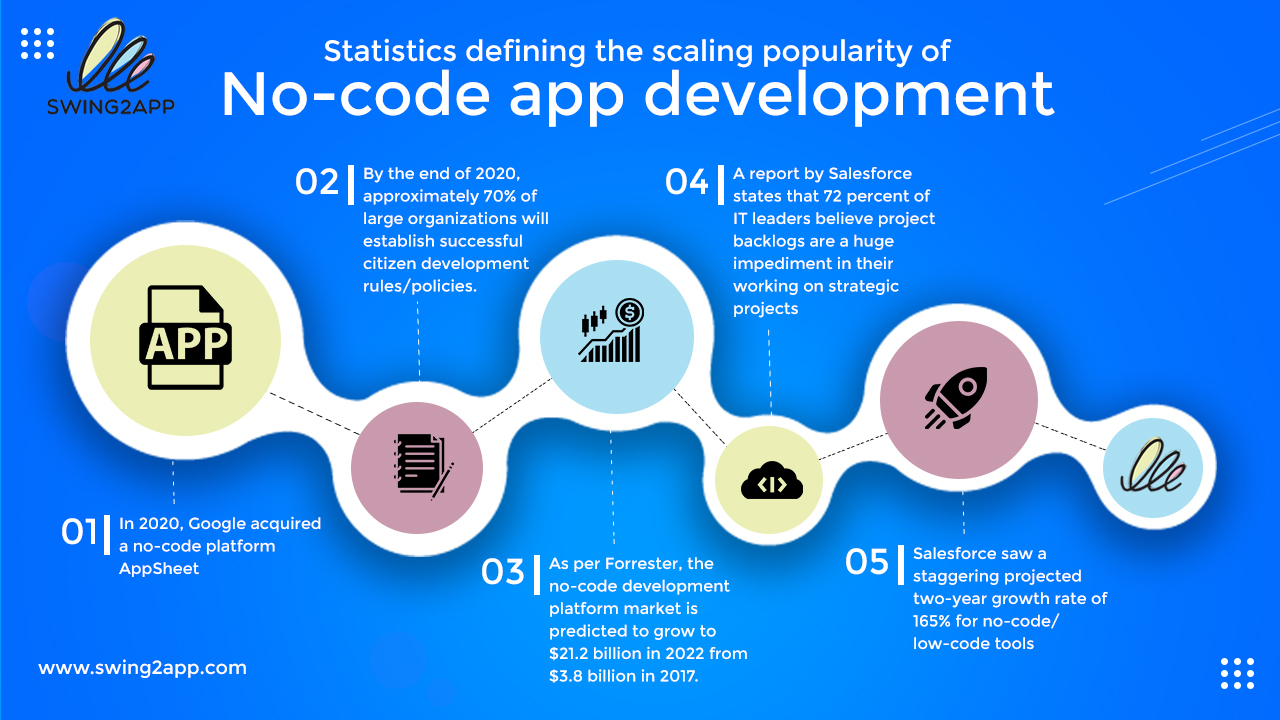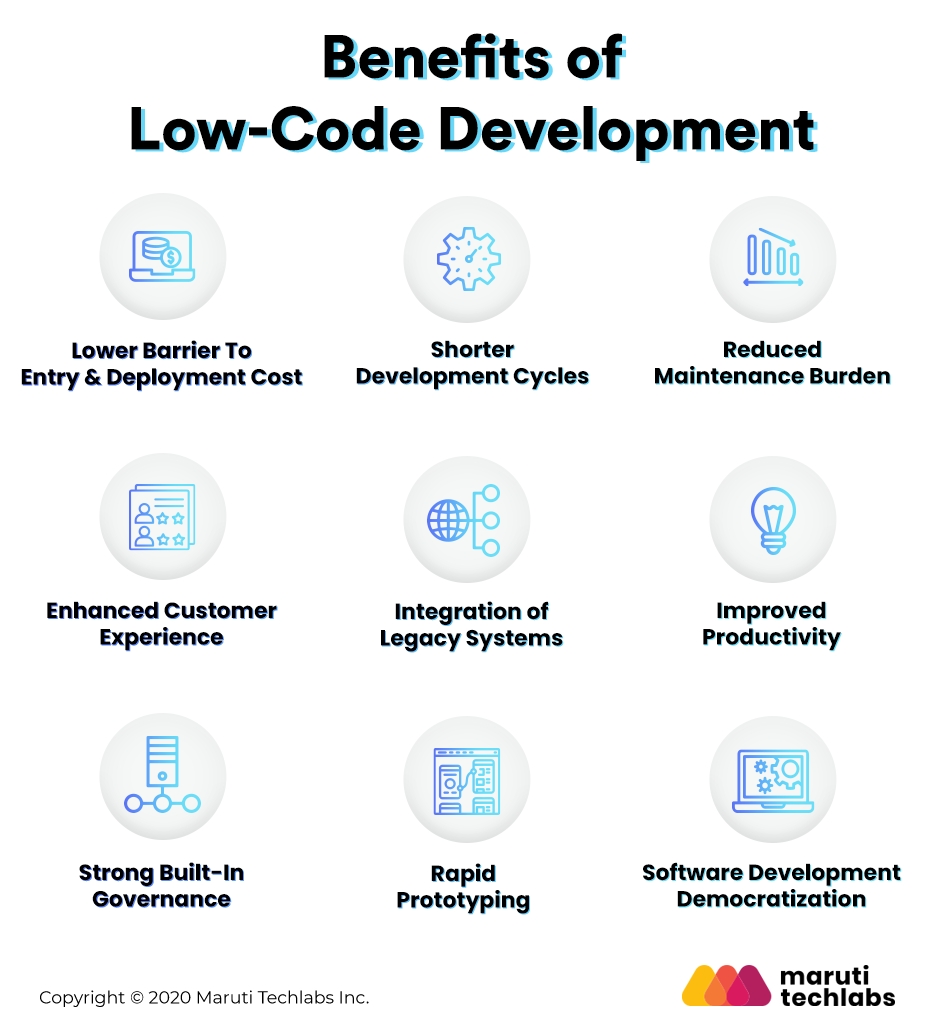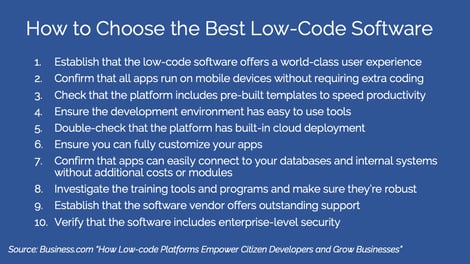The Best Open Source Platforms for No-code Development - Open ...
Don’t have any programming skills but have a great idea for a web application? There’s help around the corner in the form of no-code software development. There are also plenty of open source platforms you can choose from to help with no-code development. The best ones are listed here.
No-code development is a way for people to create software without needing to write any code. Imagine you want to build an application but don’t know how to program. With no-code platforms, you can still create your application using simple, visual tools. These platforms provide everything you need, like drag-and-drop elements and pre-made components, which means you can design and build software just by arranging these pieces together.
Think of it like building with LEGO bricks. You don’t need to create the bricks yourself; you just put them together to form whatever you imagine. No-code development works similarly. You don’t have to worry about the complex coding part. Instead, you focus on how you want your application to look and function. This makes it much easier for people without technical skills to bring their ideas to life and develop software quickly and efficiently.
Speed: With no-code platforms, you can build applications much faster than if you were writing code from scratch. Instead of spending hours or even days coding, you can use pre-built components to quickly put together your application.
Accessibility: No-code platforms make it possible for people without any coding skills to create software. This means that more people can bring their ideas to life, whether they are small business owners, educators, or hobbyists.

Customizability: Customizability is the ability to modify and extend the platform to meet your specific needs. A highly customizable platform allows you to tweak its features, add new components, and adjust the design to better fit your project. This flexibility is crucial for creating applications that perfectly align with your requirements.
Community support: Community support involves the availability of a supportive community that can help with issues and share knowledge. A strong community provides forums, user groups, and resources where you can ask questions, find solutions, and learn from others’ experiences. This support network is invaluable for troubleshooting and improving your projects.

Integration capabilities: Integration capabilities refer to how well the platform can connect with other tools and systems. A good no-code platform should seamlessly integrate with various databases, APIs, and third-party services. This ensures that your application can interact with other software and systems, making it more powerful and versatile.
Open source no-code platforms are important because they provide transparency and flexibility. Users can see the source code, modify it, and share their improvements with the community. This leads to more secure, customizable, and reliable software.
Considerations When Choosing a No-code Platform:
Usability: Usability refers to how easy it is to use the platform. A user-friendly platform has an intuitive interface, clear instructions, and helpful tutorials. This means that even those with little to no technical background can navigate the platform and build applications without much difficulty.
Cost and licensing: Cost and licensing involve the financial aspects of using the platform and the type of licensing it offers. Some platforms are free and open source, while others may require a subscription or one-time fee. Understanding the cost structure and licensing terms helps you determine whether the platform fits within your budget and complies with your usage requirements.
Flexibility: These platforms make it easy to make changes and updates to your applications. If you need to add a new feature or tweak an existing one, you can do it quickly and without having to dive into complex code. This is especially useful for keeping your application up to date and responsive to user feedback.
Customizability: Customizability is the ability to modify and extend the platform to meet your specific needs. A highly customizable platform allows you to tweak its features, add new components, and adjust the design to better fit your project. This flexibility is crucial for creating applications that perfectly align with your requirements.

Cost-effective: Using no-code platforms can save money because you don’t need to hire specialized developers. Since the tools are easy to use, you can do most of the work yourself or with a small team, reducing labor costs.
Integration capabilities: Integration capabilities refer to how well the platform can connect with other tools and systems. A good no-code platform should seamlessly integrate with various databases, APIs, and third-party services. This ensures that your application can interact with other software and systems, making it more powerful and versatile.
Open source no-code platforms are important because they provide transparency and flexibility. Users can see the source code, modify it, and share their improvements with the community. This leads to more secure, customizable, and reliable software.
Feature comparison table:
| Platform | Usability | Customizability | Community Support | Integration Capabilities | Cost/Licensing |
|---|---|---|---|---|---|
| Appsmith | High | Medium | High | Medium | Free/Open source |
| Budibase | High | High | Medium | Medium | Free/Open source |
| NocoDB | High | Medium | Medium | High | Free/Open source |
| Retool | Medium | High | High | High | Paid, with free tier |
| Joget | Medium | High | Medium | Medium | Free/Open source |
| Directus | Medium | High | High | High | Paid, with free tier |




















